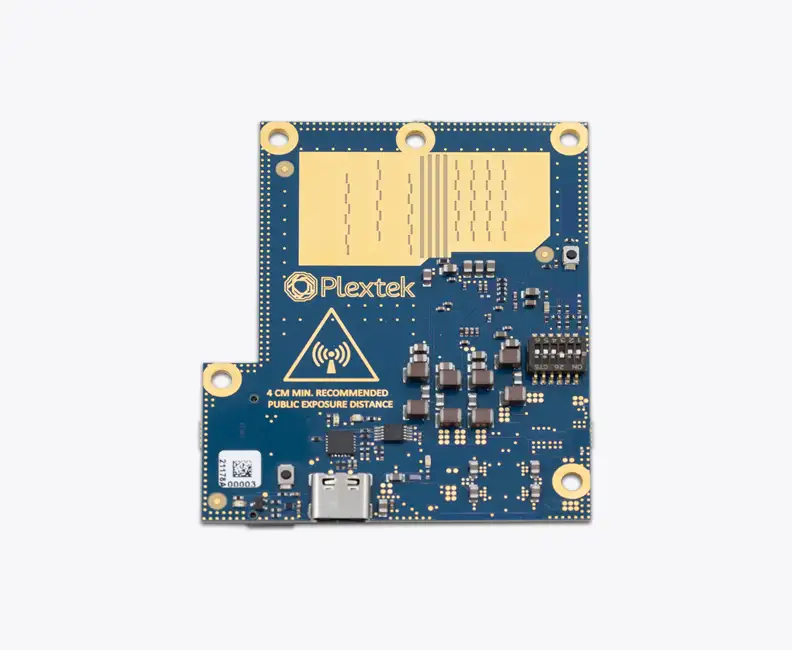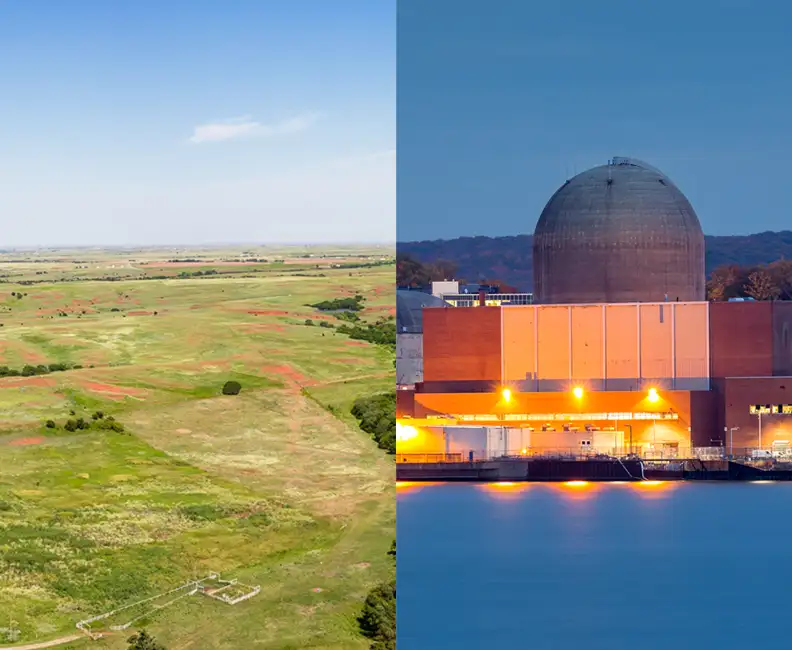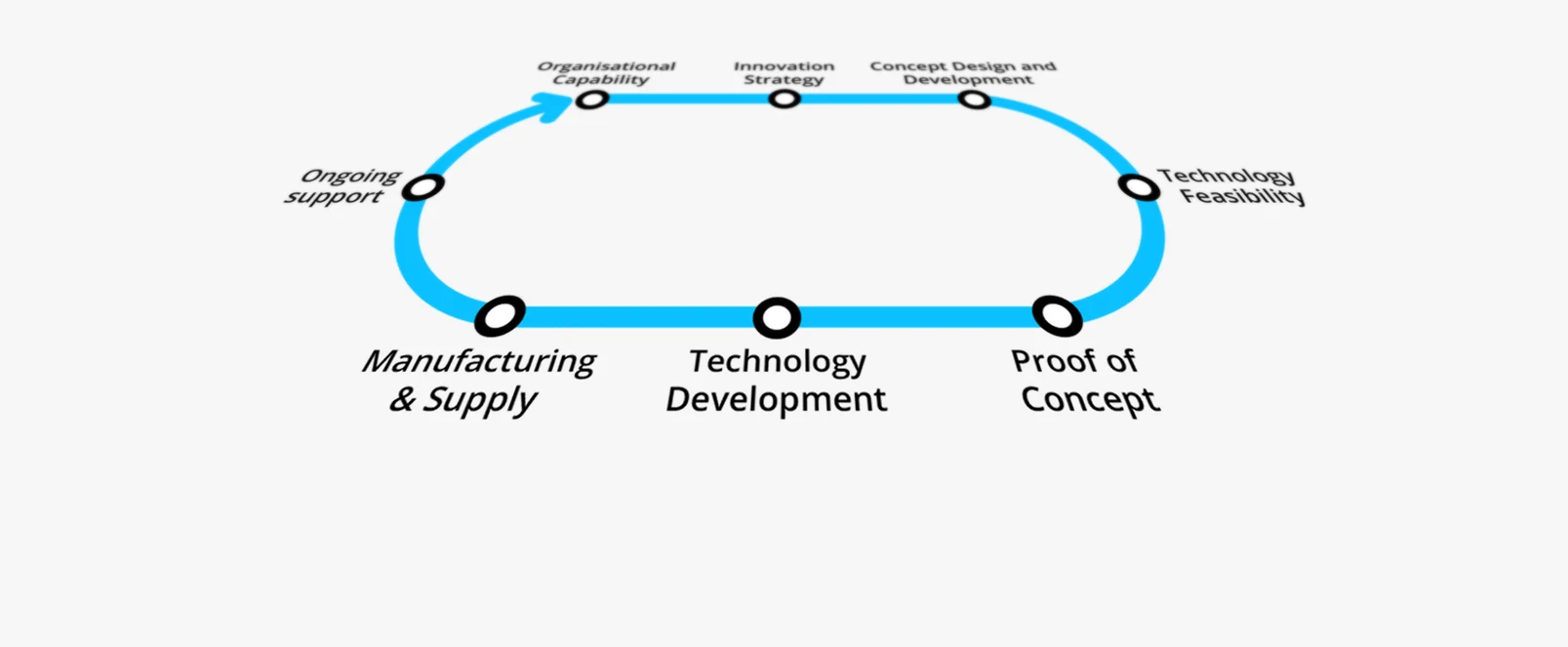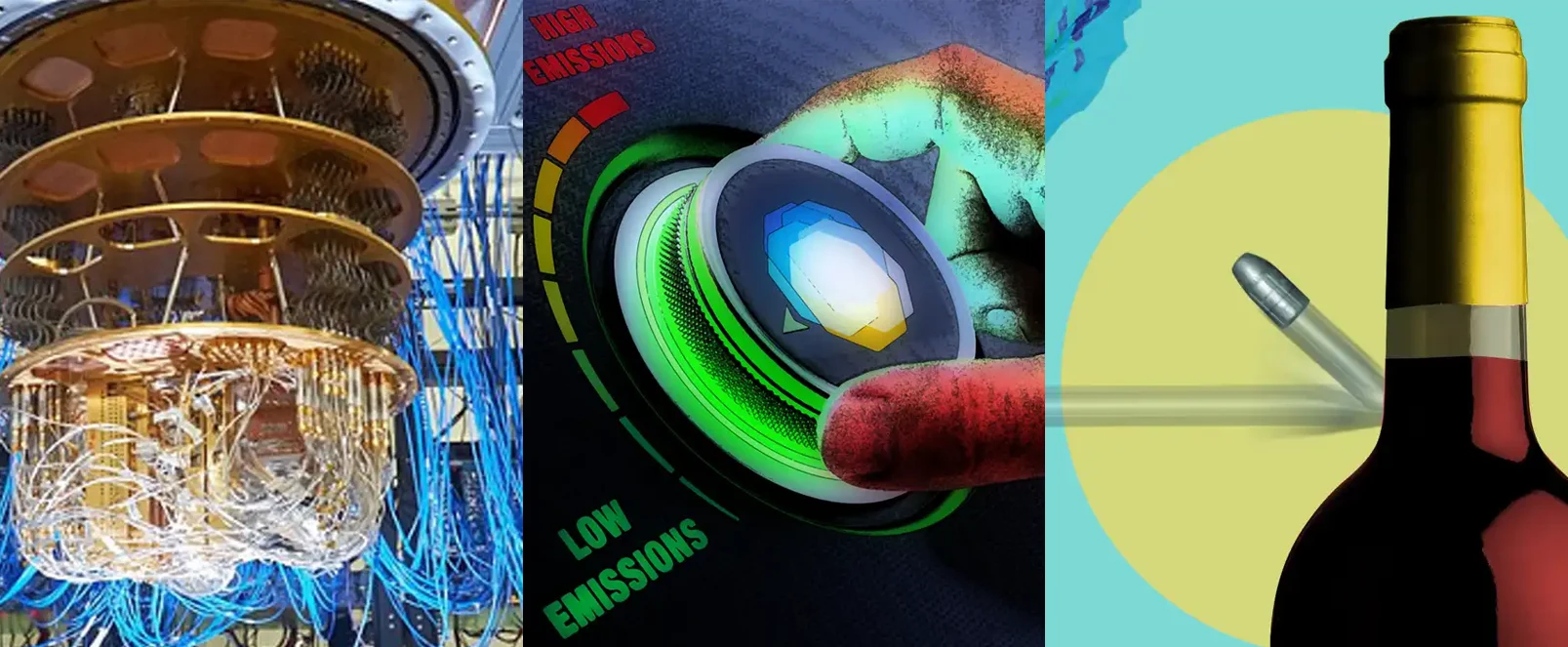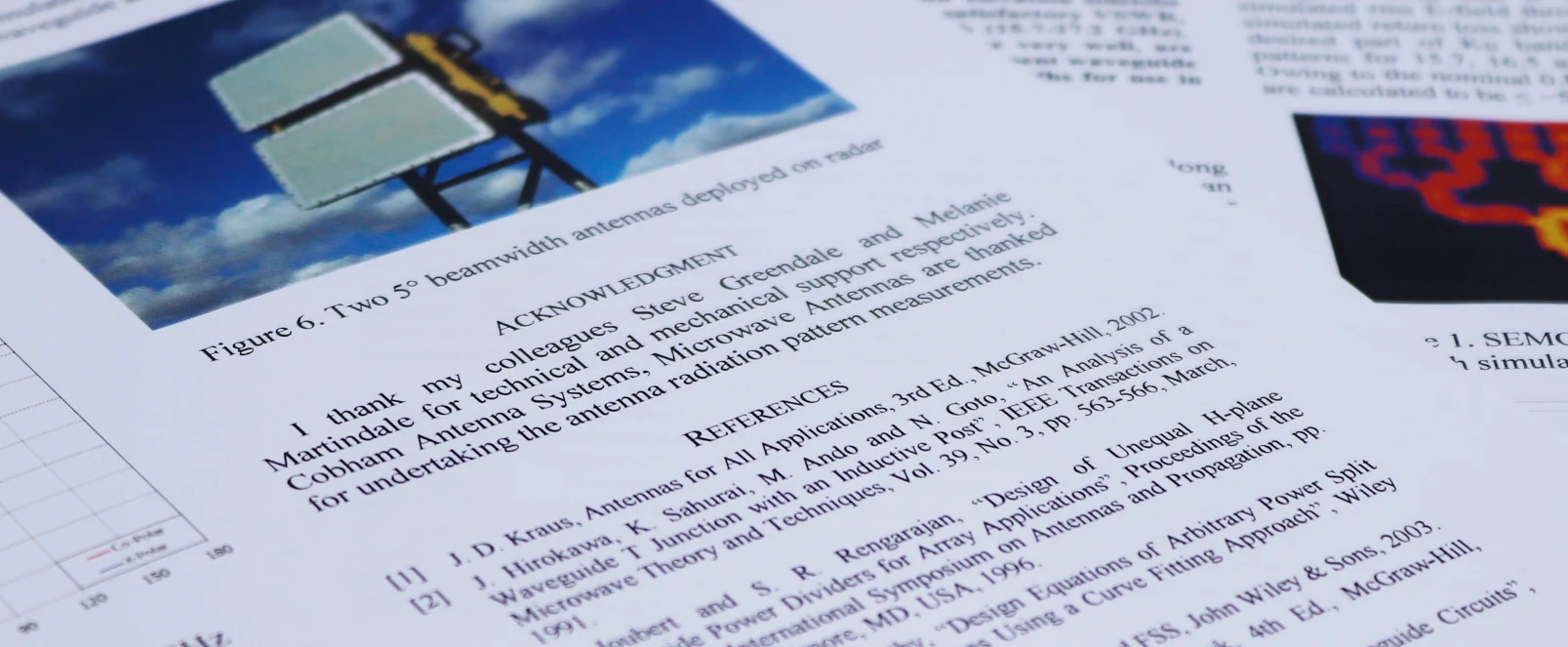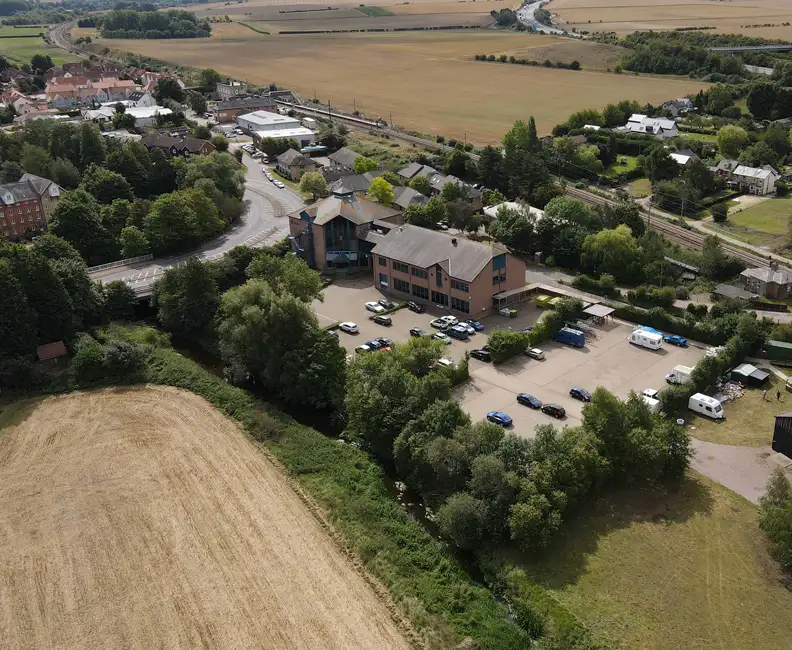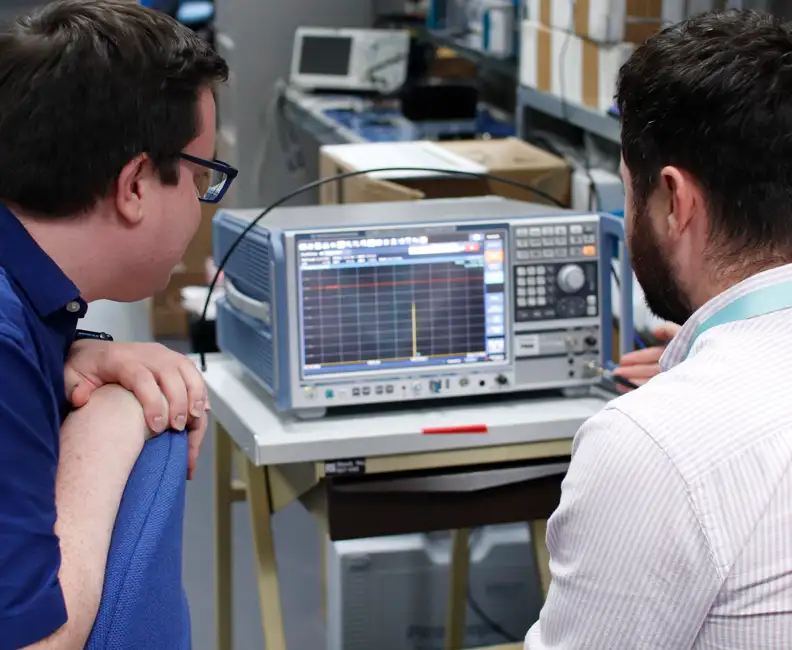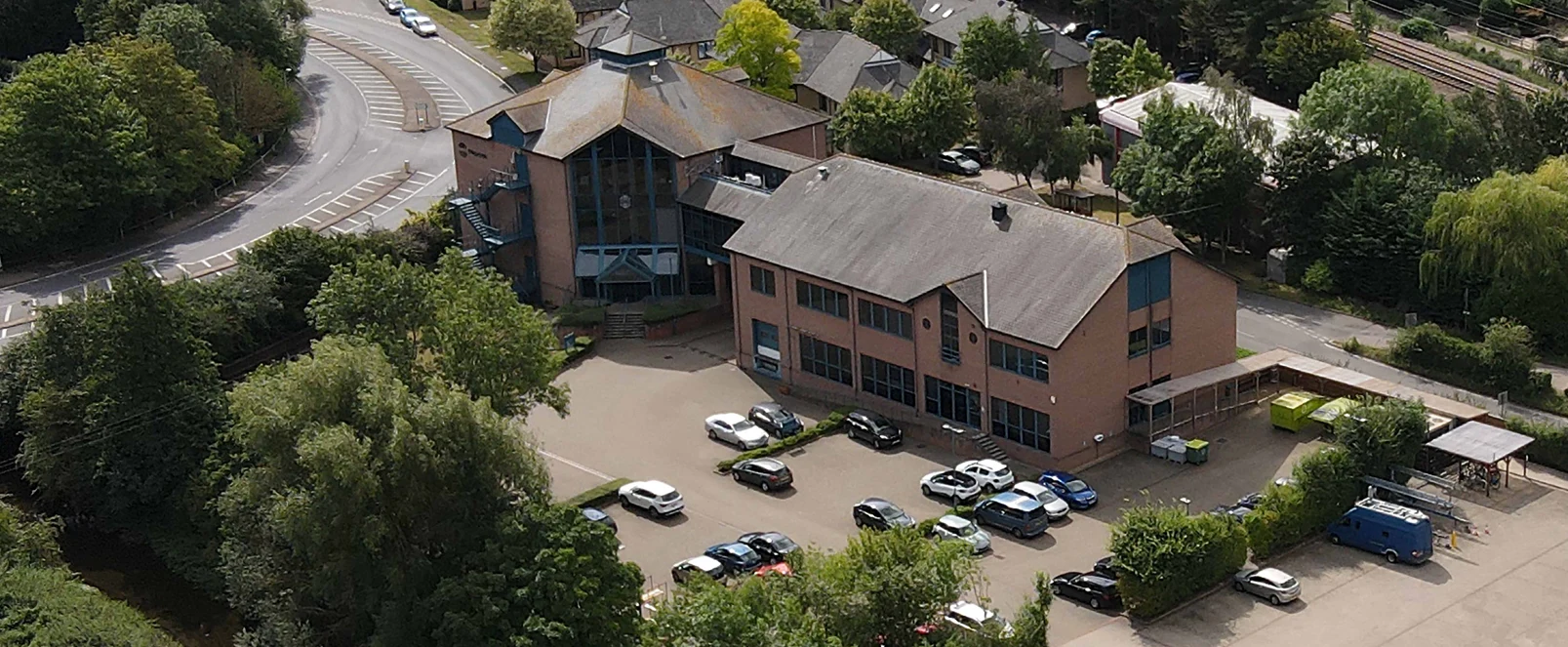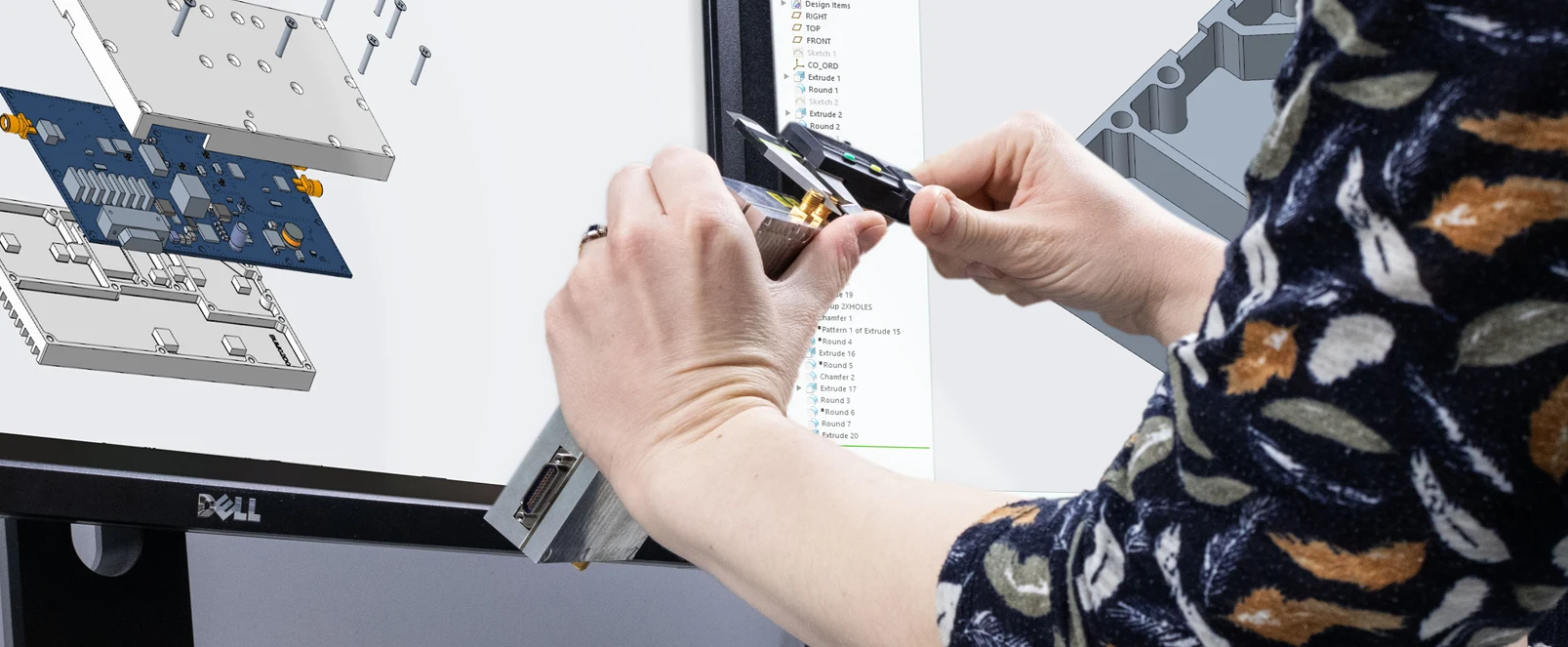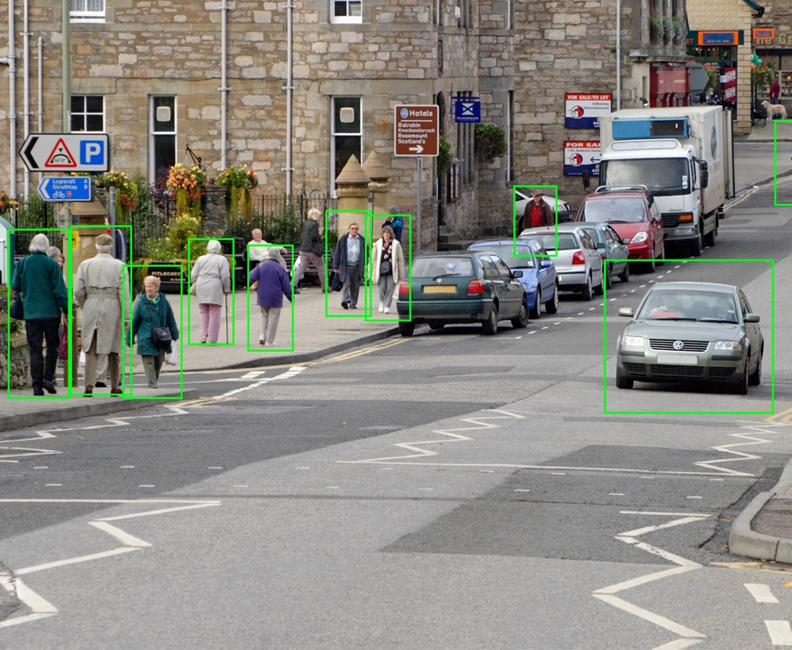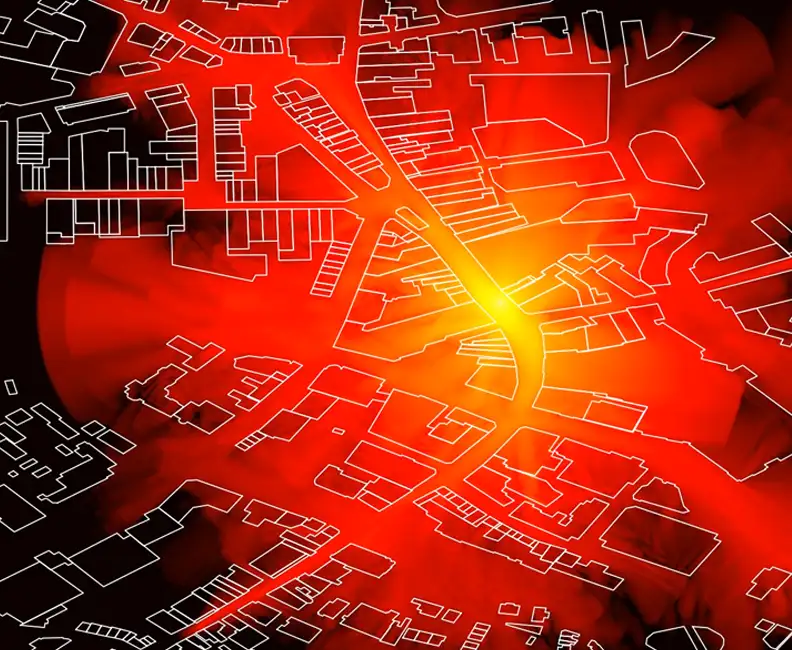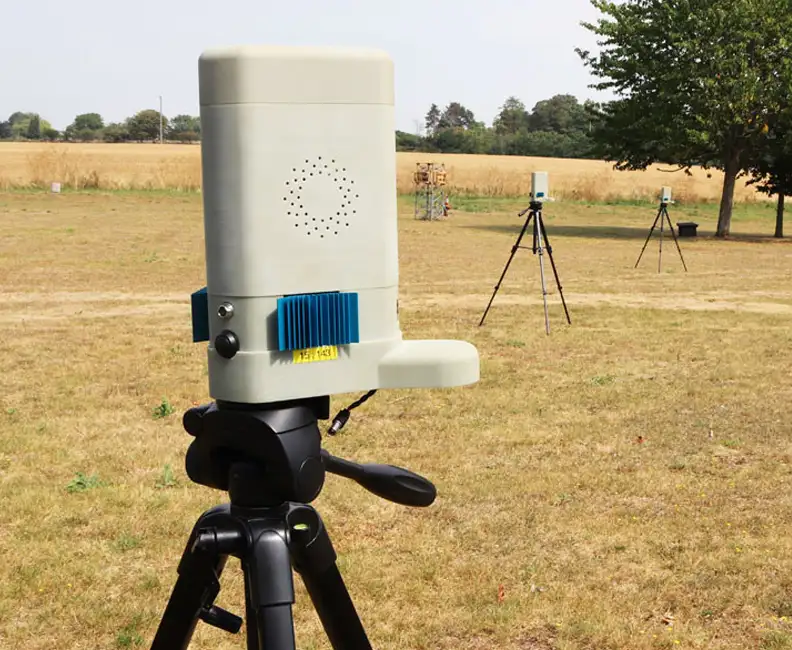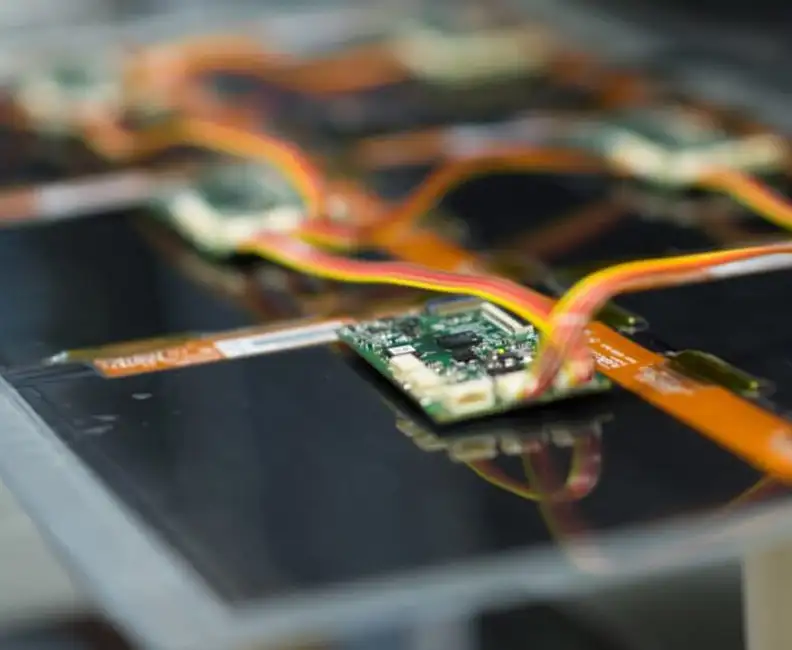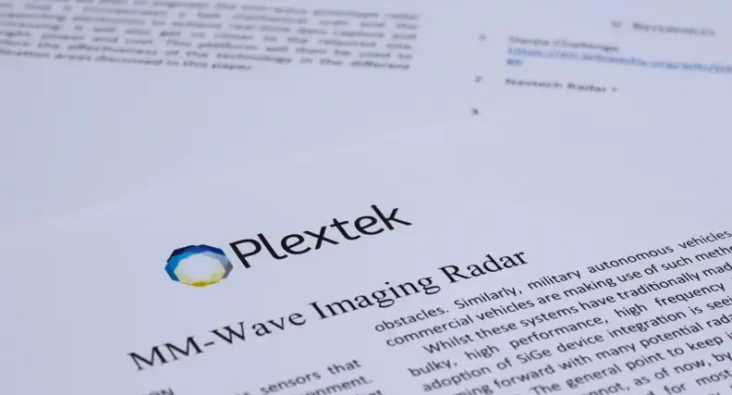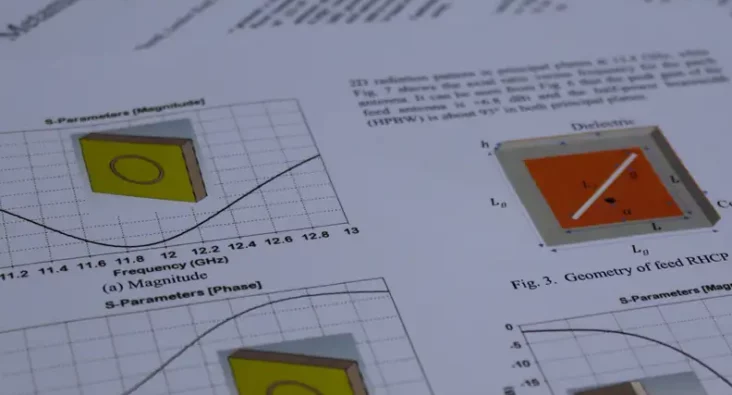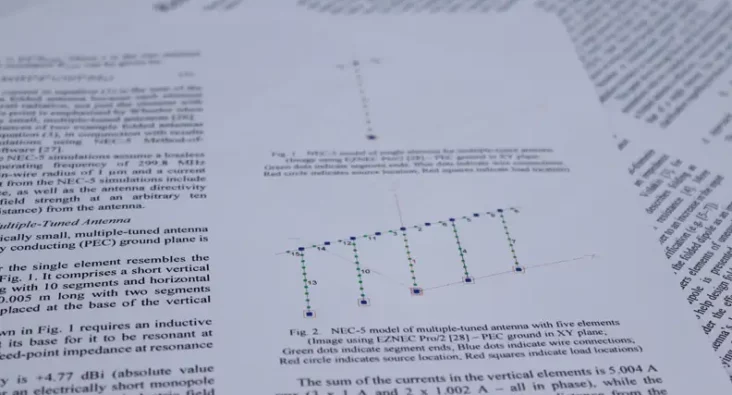
Written by Kevin Cobley
RF Systems Director
The Future of Connectivity: 5G, 6G, and the Role of Space-Based Networks
As industries push the boundaries of global connectivity, the integration of 5G and drive towards 6G with satellite and space-based networks is unlocking new opportunities. Kevin Cobley, an expert in this evolving field, shares his insights on the challenges and innovations shaping the future of non-terrestrial networks (NTN).
From Ground-Based to Sky-High Networks
We’re all familiar with 5G powering our mobile devices through terrestrial base stations. But what if the base station was in the sky? Space-based NTN is revolutionising connectivity in two key ways:
- Reaching Remote Areas– Essential for industrial IoT, NTN can provide reliable communication in hard-to-reach locations like oil pipelines or disaster zones.
- Lowering Infrastructure Costs– By eliminating the need for extensive ground infrastructure, NTN makes global connectivity more accessible.
Direct-to-Device Communication
Although device to device communication, where mobile devices are interconnected to form a relay system might be seen as a competing technology to NTNs, in fact they are a complementary solution to further improve the reliability of NTNs and extend coverage outside the main cell area.
The Complexity of Non-Terrestrial Networks
NTN is often described as a “multidimensional Rubik’s Cube” due to the intricate balance between spectrum allocation, technological limitations, and the varying needs of industries. Challenges include:
- Choosing between mobile and satellite-specific spectrum to avoid interference.
- Managing the complexity of space-based base stations, whether simple signal reflectors or fully integrated network hubs.
- Addressing power constraints for both satellites and user devices.
Power, Latency, and AI-Powered Solutions
One of the biggest hurdles for NTN is power efficiency. AI and machine learning are being applied to optimise power consumption and network efficiency, ensuring seamless communication even in space-based environments, where power is limited.
Latency is another key concern, especially in real-time applications like industrial automation and defence. By improving network architecture and utilising AI-driven solutions, NTN can achieve the low-latency performance needed for mission-critical operations.
What’s Next?
The convergence of 5G, 6G, and NTN will revolutionise industries such as:
- Industrial IoT – Providing seamless data access across vast, remote locations.
- Defence – Enabling rapidly deployable, resilient communications without reliance on fixed infrastructure.
- Consumer Communications – Expanding reliable coverage to underserved regions worldwide.
As technology advances, companies like Plextek are leading the charge in developing lightweight, efficient, and integrated solutions that will power the future of global connectivity. The sky – quite literally – is no longer the limit.

Advancing space technology solutions through innovation
At the forefront of space technology innovation, we address complex engineering challenges in the sector, delivering low size, weight, and power solutions tailored for the harsh environment of space.
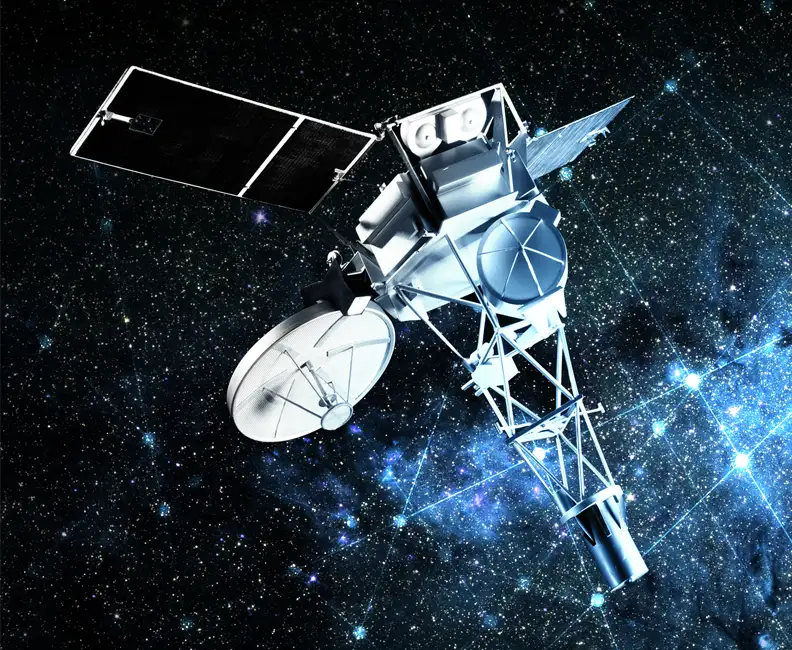
mmWave Radar for Satellites & Space
Plextek stands out in radar technology for satellite and space applications due to our emphasis on low Size, Weight, and Power (SWaP) technology and cost-effective solutions.







